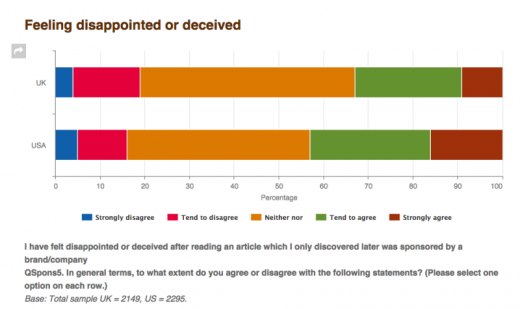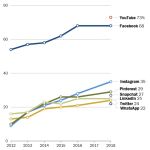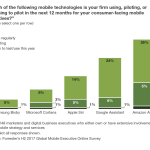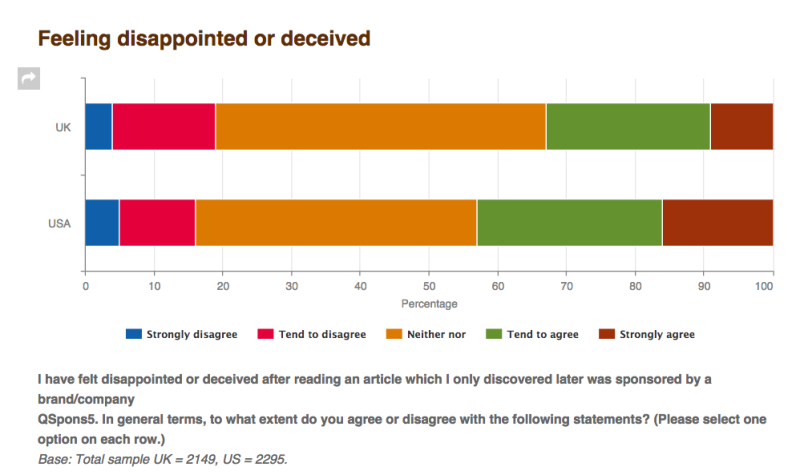Survey: forty three% Of U.S. Readers Have Felt disillusioned Or Deceived through Native commercials
Mitigating components: younger people are less prone to really feel deceived and a significant majority overall would not dislike publishers and types who produce backed content material.
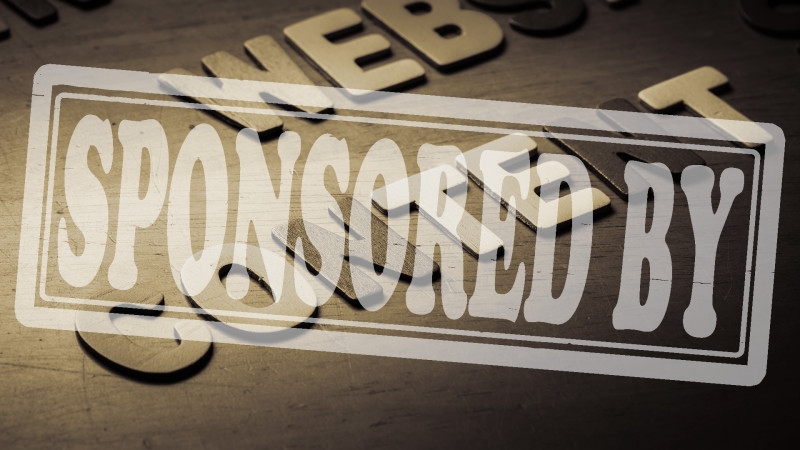
With traditional banner and display merchandising on the ropes on-line, many publishers are turning to native commercials, model messages designed to blend seamlessly with a website online’s editorial content material.
Native promoting is more rewarding and gets around advert blockading software that many individuals have on their browsers.
the chance is that every now and then the native camouflage is simply too effective, leaving readers upset that they’ve been fooled. And that’s going down ceaselessly in accordance new analysis by means of the Reuters Institute for the find out about of Journalism. greater than four of 10 readers (43%) of reports web sites in the U.S. have felt disillusioned or deceived after reading native ad content material that they later discovered was sponsored.
At 33%, people in the United Kingdom have been less upset by way of native advertisements, a sentiment the learn about’s authors believe might be attributed to the truth that the practice is less widespread within the UK.
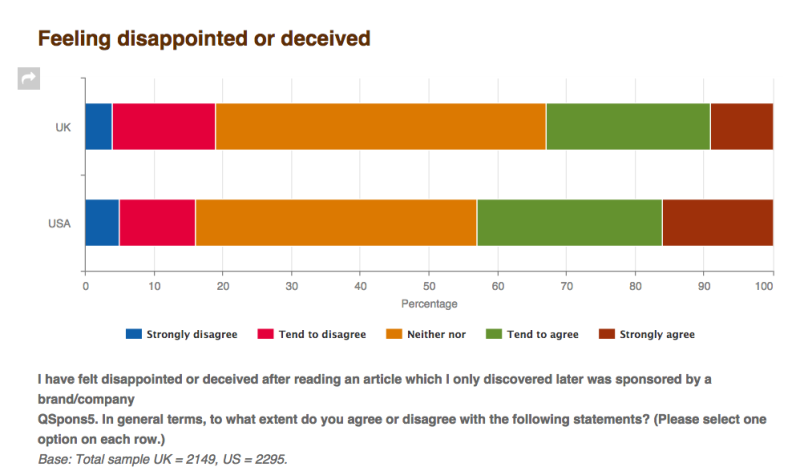
The bad sentiment has mitigating components, however. The learn about, which polled more than 2,000 folks in each of the two international locations and in addition convened focal point teams in regards to the subject, discovered that people were rather more forgiving of sponsored content material that’s positioned inside leisure, standard of living, sports and different so-referred to as tender information sections. Scorn used to be targeted for publishers who blend native ads with severe information content.
younger folks were additionally much less likely to feel deceived and even be positively inclined to manufacturers that regarded in sponsored content material; 19% of 18-24 yr olds in the united states say they really feel more certain toward such brands. That’s likely as a result of youthful reader are more likely to consult with BuzzFeed, which is among the biggest publishers of such content material and considered a much less critical course with the aid of individuals surveyed.
another certain sign for publishers and marketers the use of native commercials is that sentiment in opposition to the content material doesn’t seem to be overly harmful. in the U.S., a significant majority (62%) of respondents had impartial feelings towards publishers serving native commercials; with 28% feeling less sure. Sentiment towards brands used to be sixty eight% impartial and 22% much less positive.
read the whole Reuters Institute essay about attitudes towards native promoting right here.
(Some photography used beneath license from Shutterstock.com.)
advertising and marketing Land – internet marketing information, methods & guidelines
(108)

